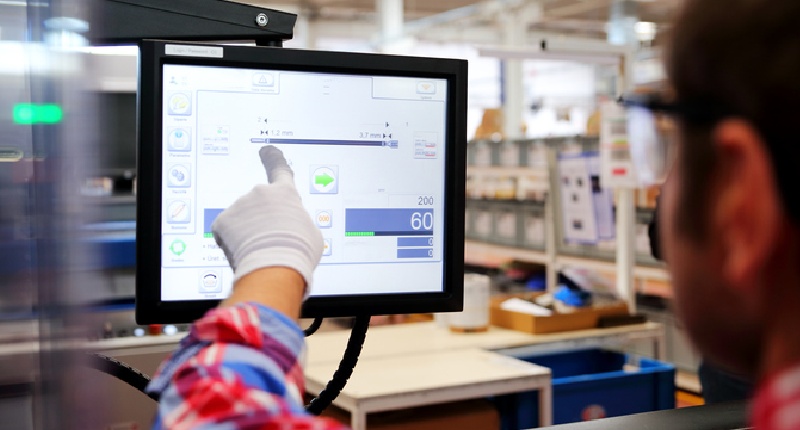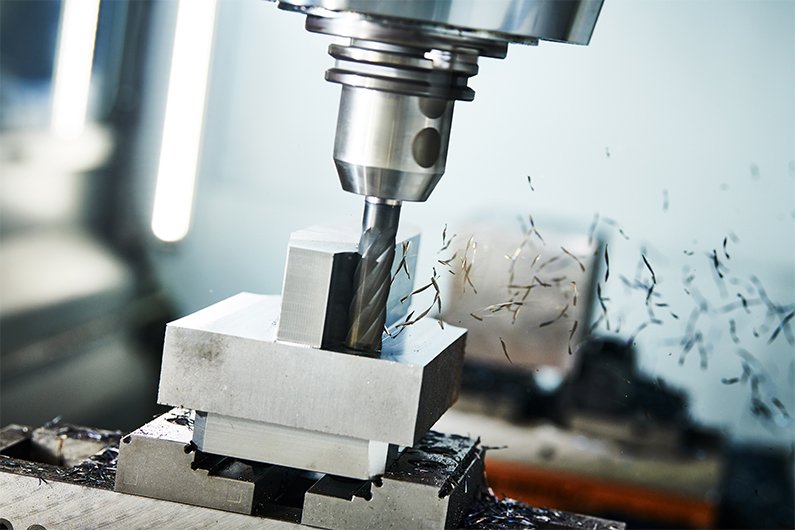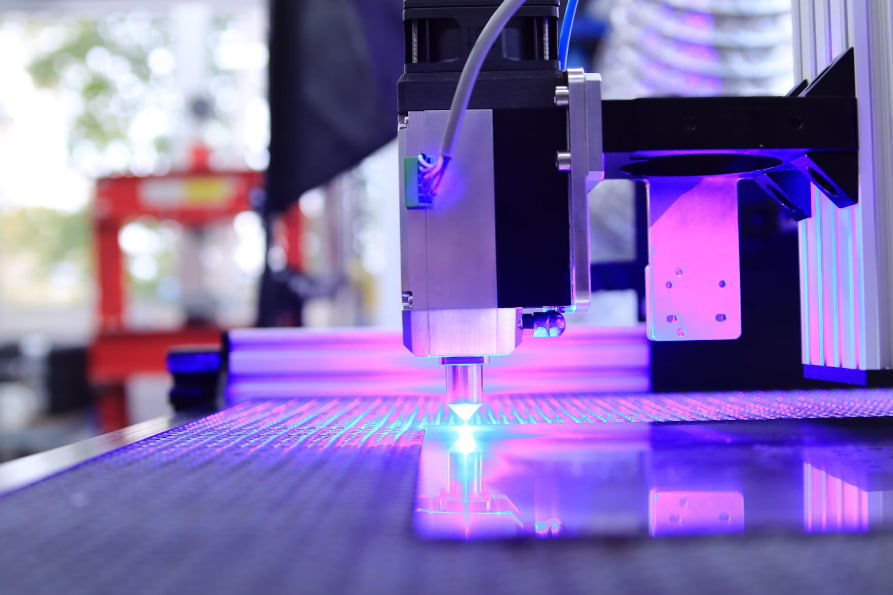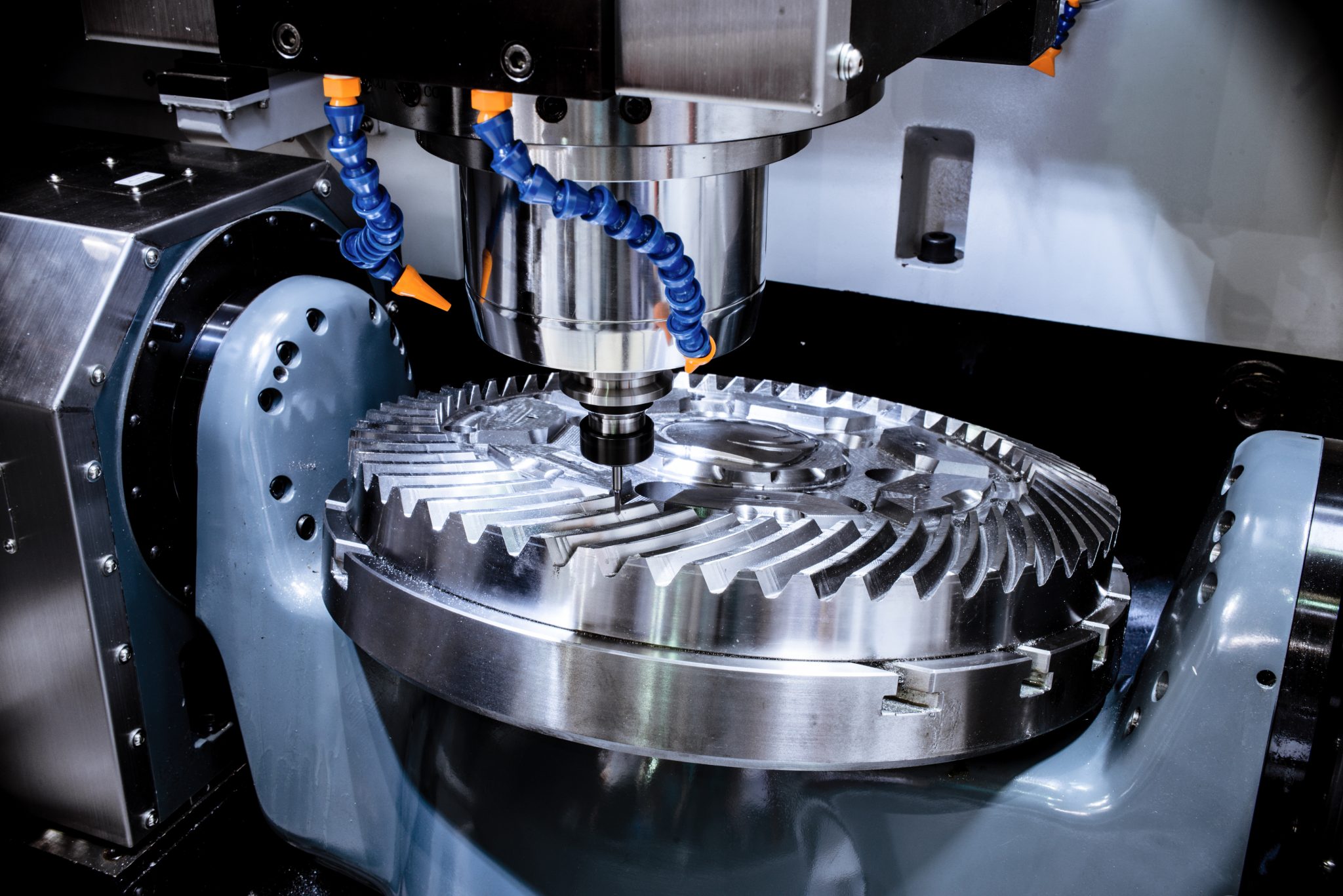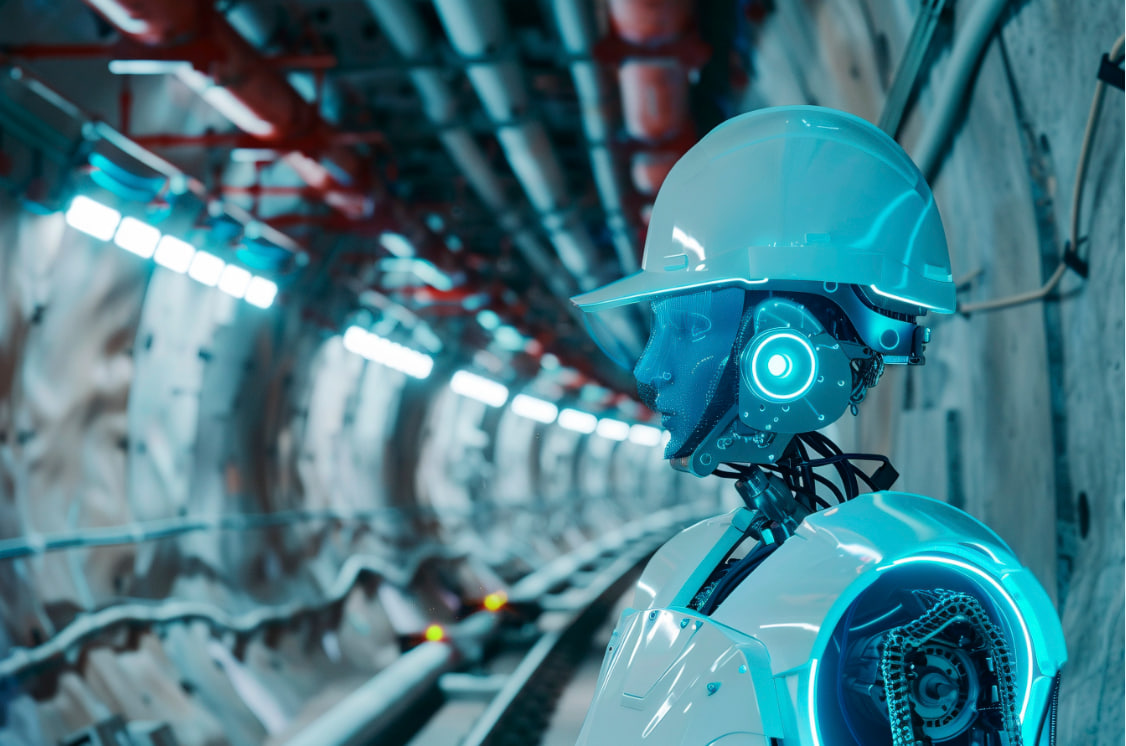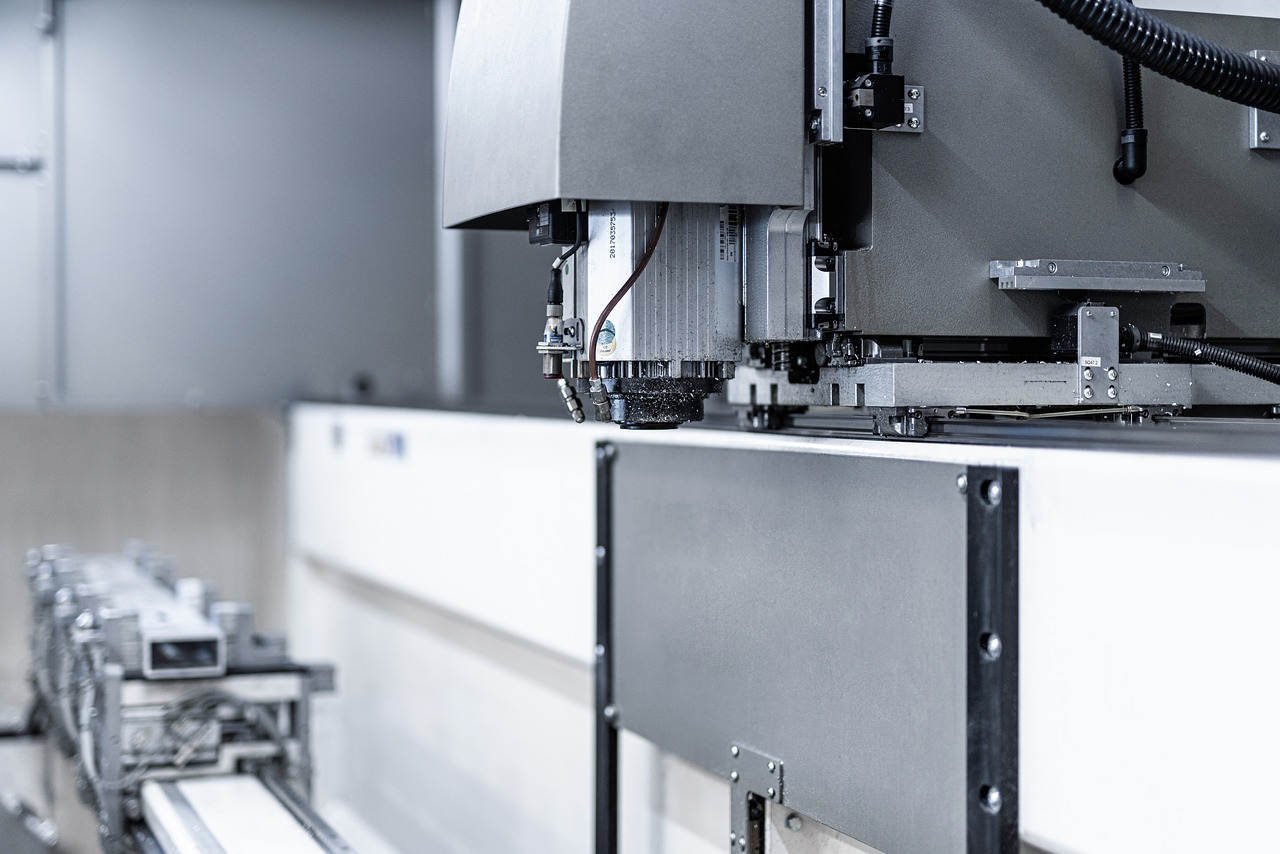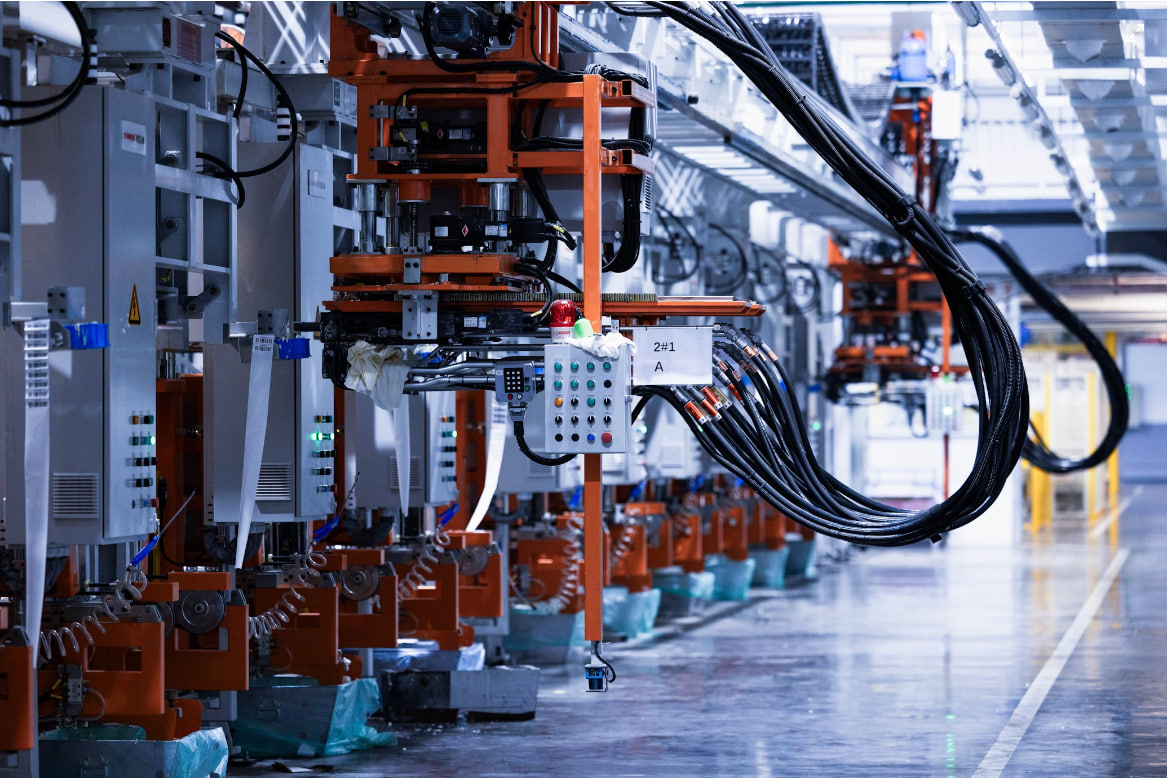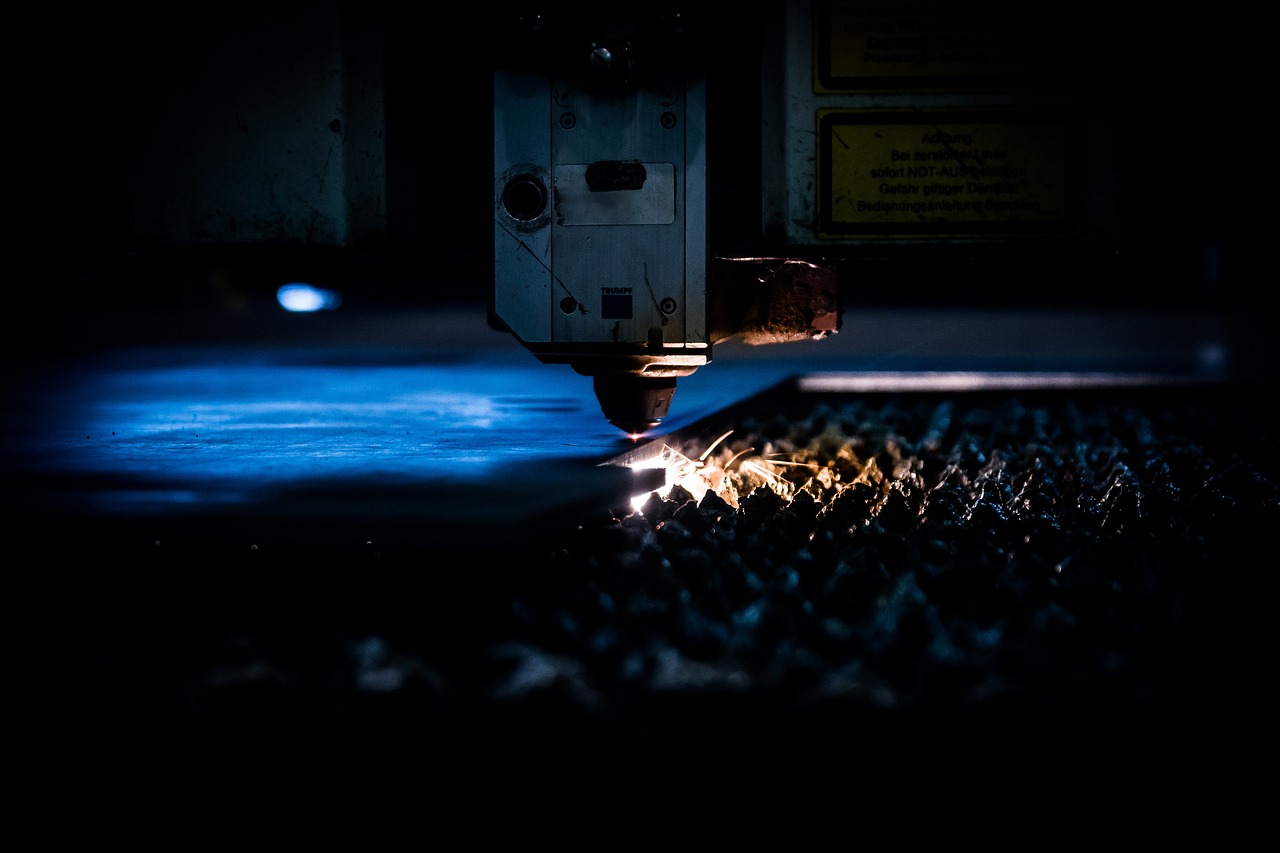Beckhoff has unveiled new capabilities for its TwinCAT 3 PC-based control platform, targeting the specialized needs of additive manufacturing and EDM (Electrical Discharge Machining) technologies. These enhancements expand the flexibility and performance of the system with cutting-edge features and additional technology modules.
Evolving TwinCAT into a Versatile CNC Solution
The TwinCAT system, originally designed to integrate real-time control with multiple runtime systems like PLC, NC, CNC, and robotics, has developed into a modular powerhouse. The current iteration, TwinCAT 3, extends its capabilities further by incorporating advanced CNC functionalities tailored for applications such as additive manufacturing and EDM, including wire erosion and die-sinking.
New Additions to the TwinCAT 3 CNC Lineup
The updated TwinCAT 3 platform introduces several innovative features and technology packages. Among the highlights are:
- TF5262 and TF5263 Modules: These components are optimized to address the complexities of additive manufacturing and EDM operations.
- TF5291 and TF5292 Packages: Designed to expand the system’s capabilities, these new modules deliver enhanced support for real-time process control and machining precision.
Dynamic Contour Control and Tool Compensation
A significant aspect of the TF5262 module is its support for dynamic contour control (DCC) and tool radius compensation (TRC). These features work together to:
- Adjust the tool center point path dynamically, correcting contour inaccuracies.
- Provide real-time compensation for tool radius, tangent positions, and multi-path interpolation.
Additionally, the module includes geometric feed adjustment (GFA) for maintaining consistent surface speeds and supports custom interpolation functions written in C++ via TcCom interfaces.
Extended Interpolation Capabilities
The TF5263 module introduces advanced interpolation functionality, enabling simultaneous programming of two independent paths within one CNC channel. Key features include:
- Synchronization tools to align multiple paths.
- Tool path adjustments, including compensation for tool nose radius.
- Conical coupling to harmonize paths and address discrepancies introduced by compensation mechanisms.
Predictive Process Control for Additive Manufacturing
Beckhoff’s TF5291 technology package equips TwinCAT 3 with advanced predictive capabilities tailored for additive manufacturing. This includes:
- Interfaces for PLC and ADS systems to forecast upcoming contour elements and their parameters.
- Real-time monitoring of dynamic values for individual axes during operation.
EDM-Specific Enhancements with TF5292
Targeting wire erosion and die-sinking EDM applications, the TF5292 module integrates features from TF5262, TF5263, and TF5291 while adding unique functionalities for EDM processes. These include:
- Retraction strategies to optimize machining cycles.
- Compensation techniques essential for the precision of EDM systems.
By combining modular architecture with innovative CNC solutions, Beckhoff’s TwinCAT 3 continues to push the boundaries of control technology, offering tailored solutions for complex manufacturing processes.

